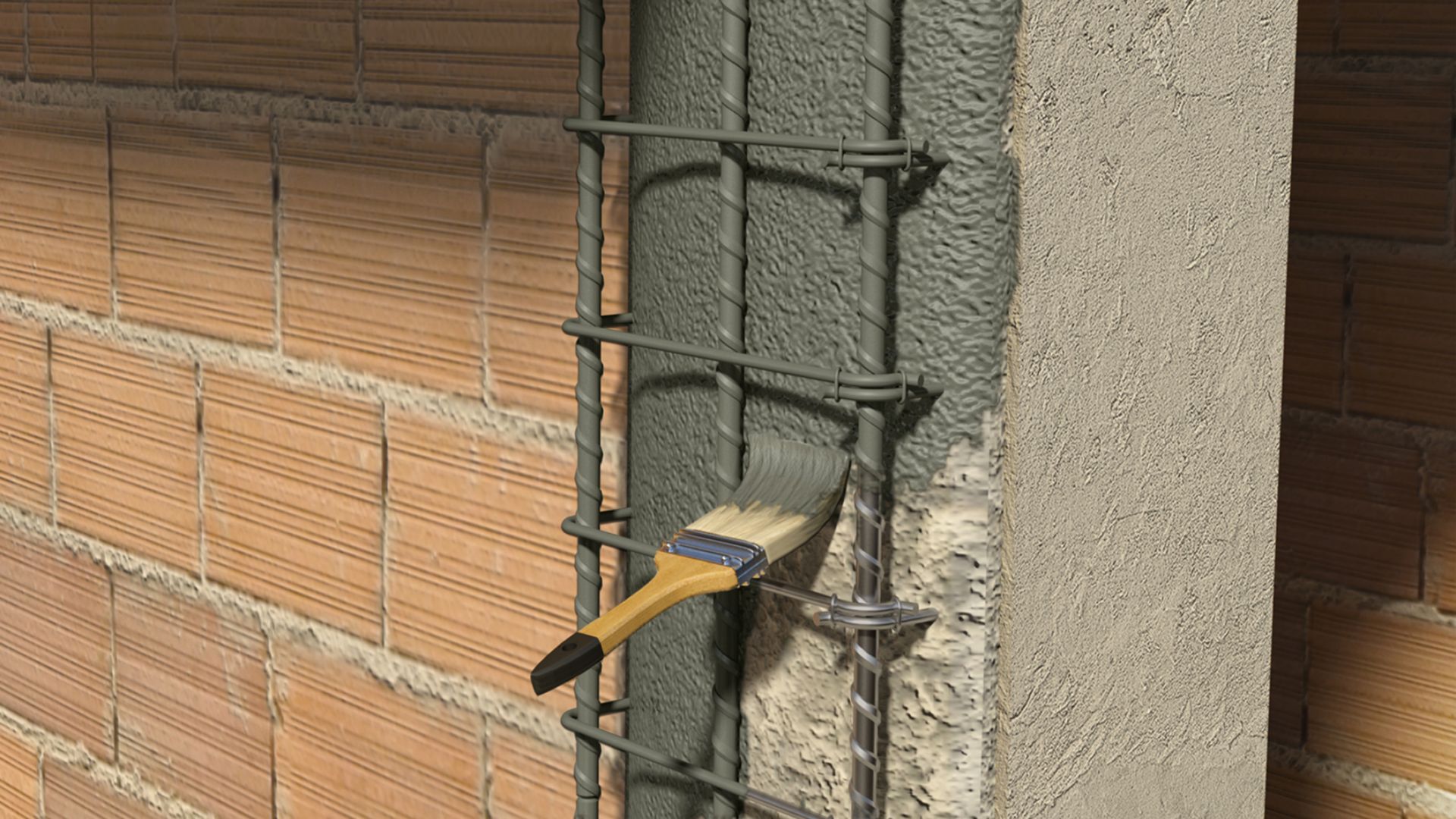Sika provides advanced corrosion protection solutions designed to extend the service life of reinforced concrete structures. Using proven technologies such as corrosion inhibitors and cathodic protection systems, Sika helps prevent steel reinforcement corrosion caused by carbonation and chloride ingress. Products like Sika® FerroGard®-903+, Sika® Margel VPI 580, and Sika® Galvashield® systems work to control anodic and cathodic reactions, reduce steel dissolution and safeguard both repaired and surrounding concrete areas. Sika’s corrosion management systems are ideal for maintaining durability in buildings, bridges, car parks and critical infrastructure.
Advantages of Sika's Corrosion Protection Solutions
- Suitable for both new construction and repair projects
- Controls anodic and cathodic corrosion reactions for comprehensive protection
- Prevents incipient anode formation around repaired areas
- Reduces corrosion in chloride contaminated and carbonated concrete
- Extends service life and delays the need for future maintenance
- Proven performance in critical infrastructure applications
Cathodic Protection
Cathodic protection is a method to control steel reinforcement corrosion in concrete by reversing the natural occurring corrosion current. This is done by applying a sacrificial metal (anode) or current, which ensures the steel rebar stays passive inside the concrete thereby keeping it protected. Particularly useful for critical infrastructure and heavily contaminated structures, cathodic protection offers a durable way to safeguard concrete structures from deterioration.
Sika Galvashield XP are a range of embedded galvanic anodes designed for corrosion prevention around patch repairs and in chloride contaminated or carbonated concrete. The system features a sacrificial zinc core that corrodes preferentially to the surrounding steel rebar, protecting the steel against corrosion and mitigating incipient anode formation.

